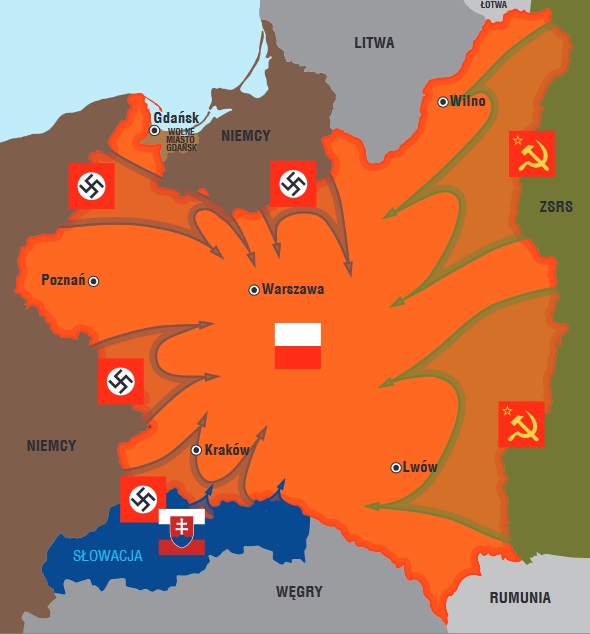To best exemplify this one can compare the activities of the authorities of the Third Reich and Soviet Union, as well as place their way of operating when it comes to Poles in the context of other models of occupation. The way the occupants dealt with the Polish minority living at the Soviet, German and Gdańsk territories prior to 1939 is not without its importance.
One can assume what the intentions of the occupying authorities towards the Polish nation were based on facts, but also thanks to the recovered documents. First of all, the occupiers peculiarly defined their definition of Poles for their criminal policies. They used internal divisions in this category which, taking into account the specifics of the inhabited territories, determined the approach towards individual groups of Poles.
German actions compared to Soviet ones
The German authorities first eliminated the Polish elites. Due to the lack of possibility to completely and immediately exterminate Poles, social groups of lesser nation-building potential were set apart. By evaluating threat levels, they chose the most available and efficient ways of lowering the number of Polish population and lessening its potential for rebuilding itself. Any signs of resistance were being relentlessly destroyed. The other part of the Polish nation were intended to be eradicated by slave labour and creating living conditions estimated for high mortality rates. A symbolic group of Poles was to be Germanised as a result of a positive racial selection.
